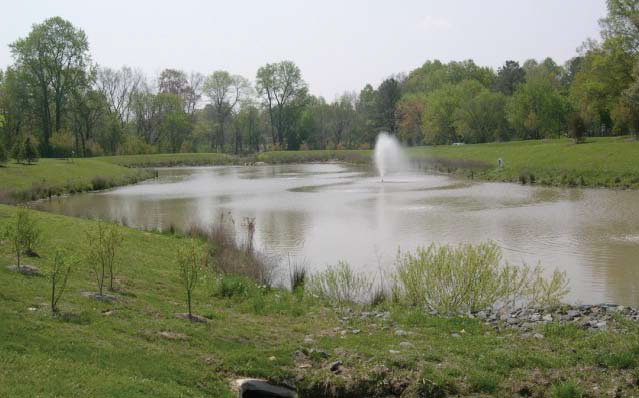Before land was developed with agriculture, buildings and roadways majority of stormwater got absorbed in the soil or evaporated. Stormwater consists of water from melting snow and rain. In forests and prairie, soil absorbs and plantation holds significant amount of stormwater. Water that drained slowly blended in rivers and streams. In addition, water that percolated underground would be released to surface by springs.
As cities expanded and development took place lots of runoffs are created from rooftops, asphalt, concrete and other impermeable surfaces built to shed water. Instead of soaking in soil and seeping, runoff is swiftly funneled through the storm water drainage system directly to rivers, lakes, and streams.
Storm Water Management
Storm water management includes –
- Planning for runoffs
- Maintaining stormwater systems
- Regulates the collection, storage & movement of stormwater
- Considers drainage designs in development of houses and cities
Goals
- Protect the environment
- Reduce flood to protect the people and their property
- Decrease the demand on municipal stormwater drainage systems
- Supports healthy rivers and streams
- Creates healthier and more sustainable communities
Effective stormwater management offers a lot of social, economical, and environmental benefits to the local communities.
- Amount of runoff decreases
- A well-performed project helps to keep the rivers, lakes, and streams clean or pollution free.
- In addition, risks due to flood gets decreased, and costs to be incurred due to damages caused by floods also diminishes.
- Ultimately, life quality of community enhances.
Permit Program and Clean Water Act
The green infrastructure encourages the water infiltration within the soils, which filters the runoff to eliminate and neutralize several pollutants. CWA (clean water act) is the first federal law in US governing water pollution. The main aim of CWA is to reinstate and maintain the nation’s water quality. Therefore, a basic structure called NPDES permit program was established to limit pollutant discharges into waters of the United States.
An MS4 is different from sanitary sewers and is owned by the public body. The MS4 sewer system carries solely storm water. It is discharged into local surface without cleaning and not all MS4’s need to have NPDES permit. A construction company will need NPDES stormwater discharge permit because the potential of causing water pollution is more due to soil disturbance.
Storm Water Filter Catridges
Storm filters are applied to remove high-level pollutants from runoffs like oil & grease, sediments, organics, soluble nutrients and heavy metals. Best Management Practice stormwater filtration manufacturers have designed filter cartridges that provide effective treatment as well as maintain high flow of water.
The filter cartridges are lightweight, fully assembled and securely snaps with a little twist. Stormwater drain filter suppliers provide customers with compact and versatile cartridge design that can be adapted easily for large underground stormwater treatment vaults.
2 Stages of Filtration is Included in the Cartridges
Pre-filter unit – The unit restricts coarse debris, trash, and sediments but allows water to flow. The internal walls are comprised of antimicrobial foam pads, which treat the stormwater as it passes through the filter, decreasing the passage and growth of pathogens.
Primary drain filter unit – This section can be programmed with incorporated treatment technologies for targeting particular pollutants like toxic chemicals, sediments, bacteria, and pathogens.
Filter cartridges are applied for treatment, where there is a need for great flow rates and large treatment capacities.
















